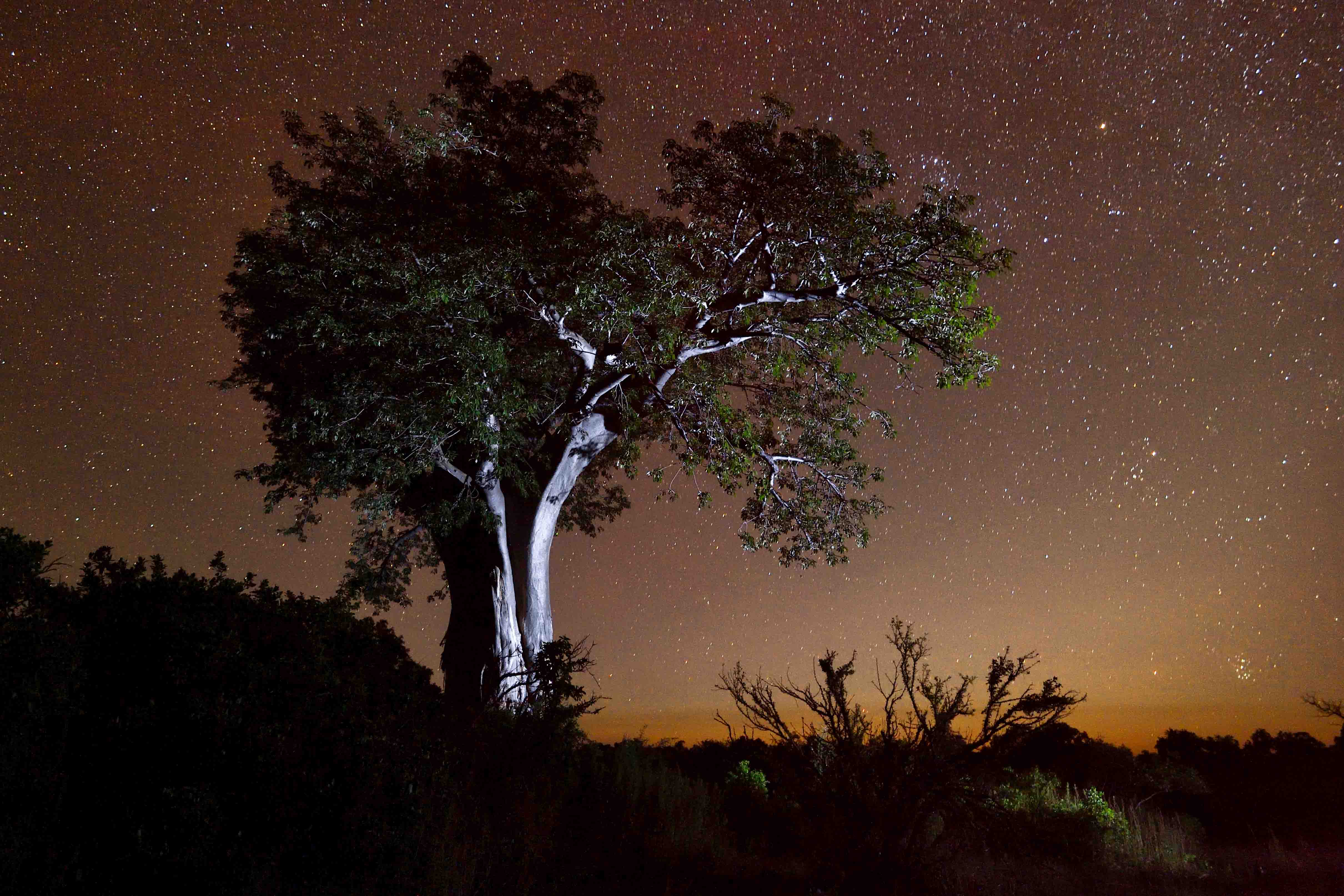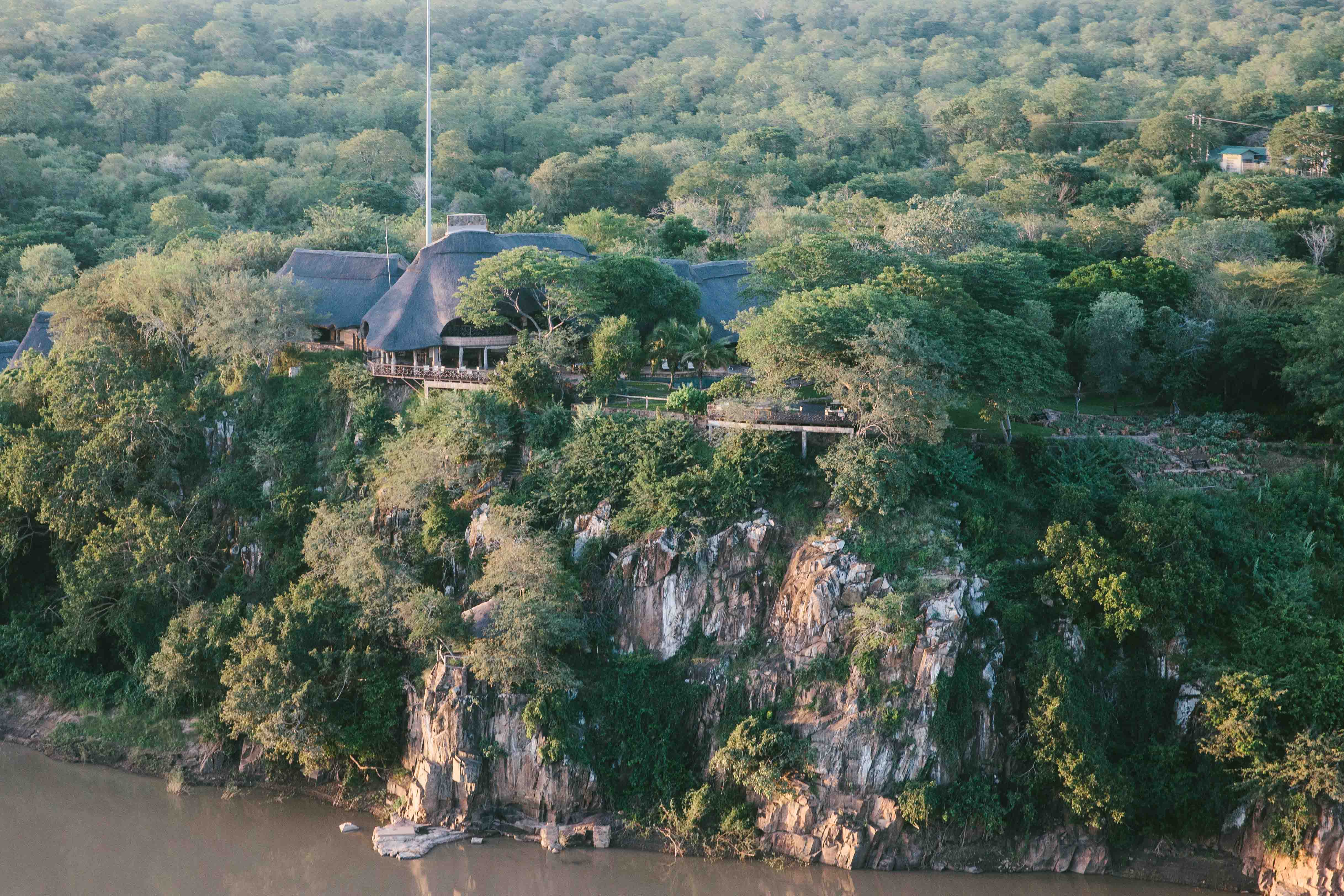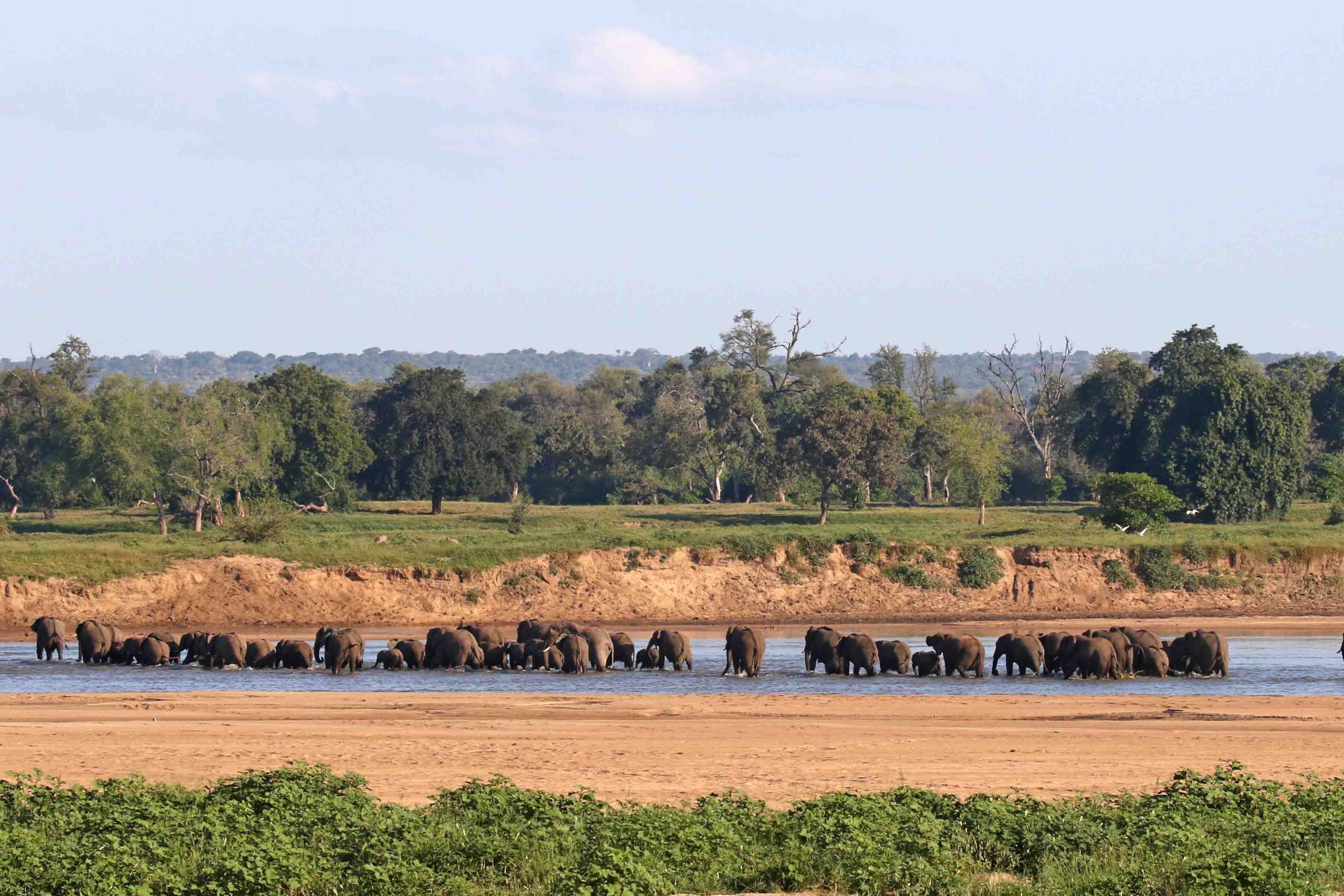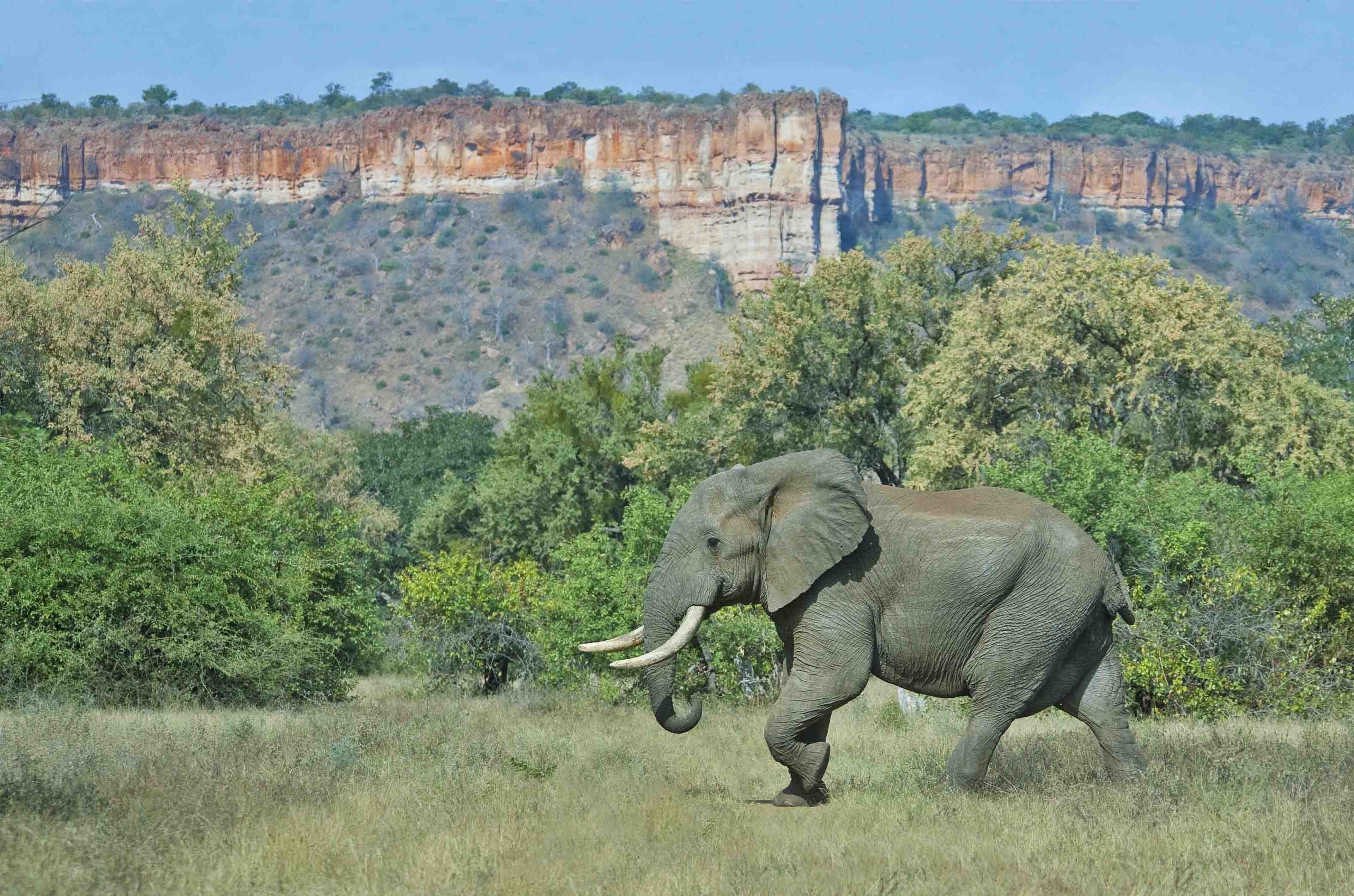Gonarezhou National Park
Baobab forests and sandstone cliffs hold the secrets of this remote destination
What will I experience?
Red sandstone cliffs lie stacked in hues of rust and brick, stark against the crystal blue African sky, they loom above the cool river that has carved and shaped them through the eons. The history of this place is written in the landscapes and etched into the soil. If they could speak, the cliffs would tell stories of the passage of time, periods spanning decades passing with the wind.
They would tell of the vast herds of elephant for which the park was named, they would remember the torrid times when the big tuskers, known for their huge symmetrical tusks, were poached for this very same reason.
Wrinkled lines in rock, worn down as the river wept for the elephants that she had known from calf to cow and bull, but patience comes naturally to the cliffs as they watch. Nothing lasts forever and the time for poaching is being met with strong resistance.
Read More
Specially trained anti-poaching units and their canine counterparts have answered the call to stand guard of this beautiful place. Elephants once again thrive, and up to 12 000 of these magnificent creatures roam freely, bringing renewed meaning to the park’s Shona name “The Place of Elephants”.
From the moment the African sun casts its first rays across the vast natural expanse of Gonarezhou, until the moment its light gives way to a blanket of stars, the cliffs will continue to watch. Giving little notice to the passing of time, save for a new crack or a trickling line cut by the rain as it rushes to join the river below. They are the original guardians of this place and they will stand to attention for generations to come, a backdrop to the constant ebb and flow of nature and all that it encompasses.
Tell me more
Gonarezhou National Park is located in the southeast of Zimbabwe and shares a 100 kilometre (62 mile) boundary with Mozambique. Spanning an area of 5 035 square kilometres (1 944 square miles) Gonarezhou is Zimbabwe’s second largest national park, and was first protected as a game reserve in 1934, before being classified as a national park in 1975.
Gonarezhou National Park, together with the Kruger National Park in South Africa and the Limpopo National Park in Mozambique, forms one of the largest conservation areas in the world, known as the Great Limpopo Transfrontier Park. Animals have been able to move freely between all three of these national parks since 2002.
The landscape of Gonarezhou National Park includes Zambezi and Mopane woodlands in the northeast, and the Southern African bushveld ecoregion in the southwest. Various sandstone incisions cut out by the river add to the spectacular beauty of Gonarezhou with the Chilojo Cliffs standing at over 180 metres (590 feet) high in the heart of the park. The peaks of Makamandima and Mutandahwe in the north, Nyamgtongwe in the centre and Red Hills in the south add height to the park’s landscape. In addition to the Save, Runde and Mwenezi rivers that run through steep rocky gorges, creating beautiful falls and rapids, there are also a number of perennial and temporal pans that provide vital water sources to animals, well into the dry season.
Translated from Shona, Gonarezhou means “The Place of Elephants”. While these mighty animals may be what the park is named for, there are an additional 89 species of mammal, 400 species of bird as well as a number of reptiles and amphibians that form part of the park’s extensive animal population.
When should I go?
Gonarezhou National Park experiences a short dry winter season in June and July, during this time temperatures are cooler, but still pleasant. For the best game viewing opportunities a visit to the park during the dry season is advisable, and you can expect very good sightings from June until October. Animals tend to gather near water sources during this time and thinning vegetation allows for easier spotting of wildlife.
From November until April you can expect hot wet weather, which can result in access to certain areas of the park being restricted. If you are not deterred by the rain you can experience excellent bird watching as a number of migratory species arrive in the park. The growth of lush green vegetation gives a fresh feeling of new life to Gonarezhou and is also synonymous with the arrival of newborn animals, so your chance of seeing baby wildlife is high.
Gallery




CAMPS

